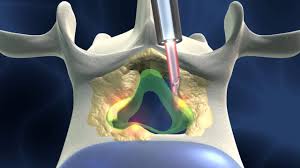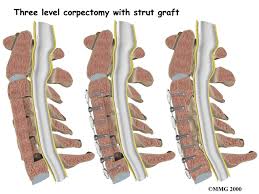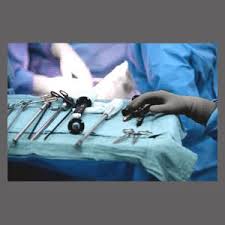
What is Spinal Stenosis surgery?
Spinal stenosis is a narrowing of spaces in the (spine) that outcomes in weight on the spinal string and/or nerve roots. This issue as a rule includes the narrowing of one or a greater amount of three zones of the spine: the channel in the focal point of the section of bones (vertebral or spinal segment) through which the spinal line and nerve roots run, the trenches at the base or foundations of nerves stretching out from the spinal rope, or the openings between vertebrae (bones of the spine) through which nerves leave the spine and go to different parts of the body. The narrowing may include a little or substantial territory of the spine. Weight on the lower piece of the spinal line or on nerve roots stretching out from that range may offer ascent to torment or deadness in the legs. Weight on the upper piece of the spinal line (that is, the neck region) may deliver comparative side effects in the shoulders, or even the legs.

What are the types of Spinal Stenosis surgery?
Types of spine surgery:
Laminectomy: The most widely recognized sort of surgery for this condition, laminectomy includes the evacuation of the lamina, a part of the vertebra, to make space for the nerves. A few ligaments and bone goads might likewise be uprooted. The surgery obliges making a cut into the back.
Foraminotomy: The foramen is the range in the vertebrae where the nerve roots exit. The methodology includes extending this range to give more space to the nerve roots.
Spinal combination: This methodology is done in instances of precariousness and includes joining the bones together with screws or bone unions to give spinal solidness. It might be joined with laminectomy surgery. The surgery keeps going a few hours and should be possible utilizing one of two routines:
Bone is expelled from somewhere else in the body or acquired from a bone bank. This bone is utilized to make a scaffold in the middle of vertebrae and empowers the development of new bone.

Sign and Symptoms
The most widely recognized indications of lumbar spinal stenosis incorporate leg torment (sciatica) that may be joined by:
• Low back agony • Leg deadness and shivering • Impediments in strolling.
Normal Symptoms of Spinal Stenosis:
Leg torment with strolling (claudication) can be brought about by either blood vessel circulatory inadequacy (vascular claudication) or from spinal stenosis (neurogenic or pseudo-claudication). Leg torment from either condition will run away with rest, however with spinal stenosis the patient more often than not needs to take a seat for a couple of minutes to facilitate the leg and regularly low back agony, though leg torment from vascular claudication will go away if the patient essentially quits strolling.

Treatment Procedure
While the expression "stenosis" originates from Greek and signifies "gagging," spinal stenosis, on the other hand, has little just the same as stifling. So what is spinal stenosis?
There are two sorts of spinal stenosis: lumbar stenosis and cervical stenosis. While lumbar spinal stenosis is more basic, cervical spinal stenosis is regularly more unsafe in light of the fact that it includes pressure of the spinal string, as clarified beneath in more detail.
Nonsurgical treatment of spinal stenosis may be given by internists or general experts. The issue is additionally regarded by masters, for example, rheumatologists, who treat joint pain and related issue; and neurologists, who treat nerve illnesses. Orthopedic specialists and neurosurgeons likewise give nonsurgical treatment and perform spinal surgery in the event that it is needed. Unified wellbeing experts, for example, physical advisors might likewise help treat patients.

